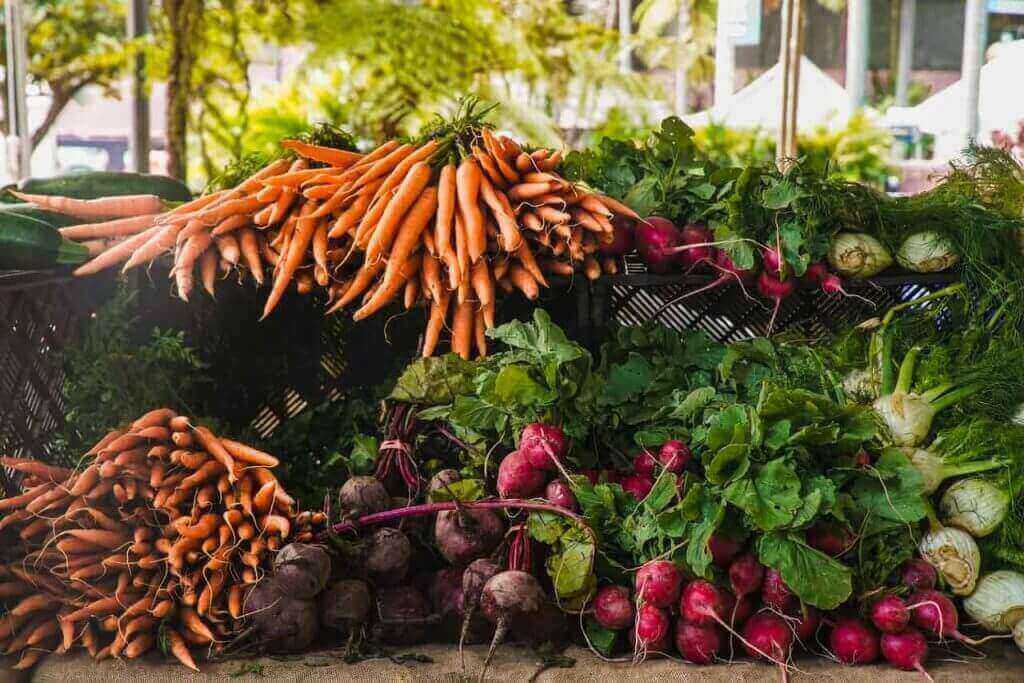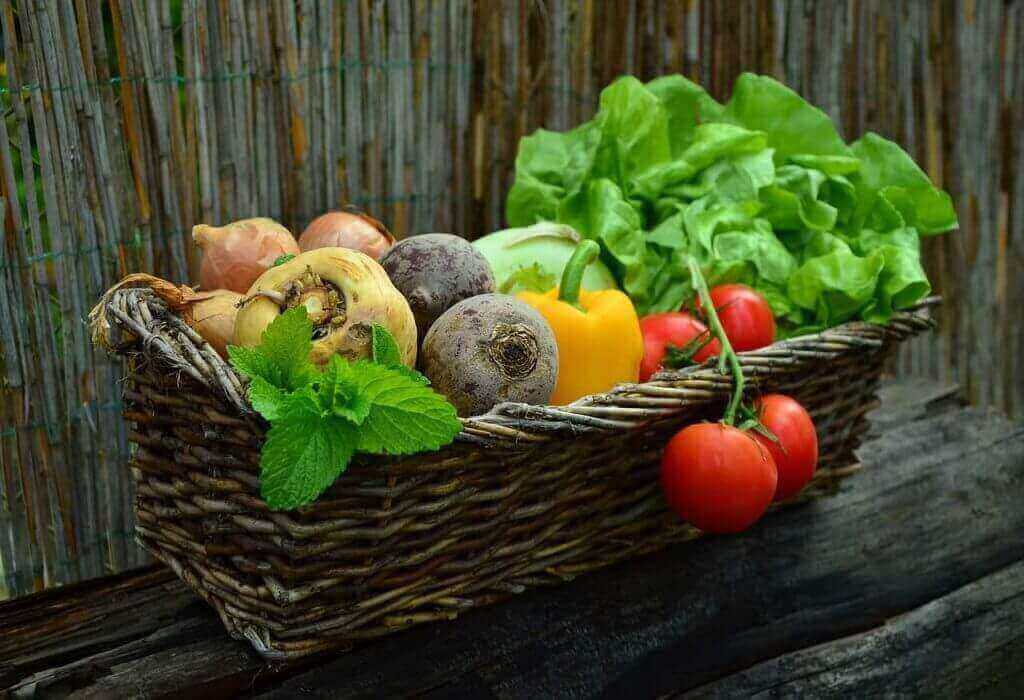👋 Click the mic button to talk to Alfred, the Todd's Seeds Gardening/Sprouting Expert – Feel free to ask him anything!
Ask Virtual Todd Anything - Click the Mic
Introduction
One thing that separates humans from animals is our love of gastronomy. We don’t just eat to survive, we eat for pleasure and for optimum nutrition too. It’s for this reason that our human story is closely related to the history of vegetables. Over time, we’ve altered vegetables to suit our tastes and have transported different species all across the world. Read on to discover the fun and fascinating history of vegetables.
Radish History
The crunchy, red radish originally comes from East Asia where it’s been used for many thousands of years. Over time, the radish migrated west and became a popular treat amongst the Ancient Egyptians and Greeks. By the 1500s, the peppery radish was being cultivated throughout Europe and across the Atlantic. It was one of the first crops to be grown by the early American colonies.
Spinach History
The history of vegetables tells us that our favorite leafy green originated in Persia, which we know today as Iran. Spinach made it’s way to China in the 7th century, where it then passed the border into Nepal. It was here that the Moors discovered the nutritious leaf and returned with it to Spain in the 12th century.
This is why spinach was known as the “Spanish Vegetable” as it gained popularity in Europe. It wasn´t until the 19th century that spinach was cultivated in North America. It quickly became a hit when it was adopted by cultural cartoon icon, Popeye, in 1929.
Beetroot History
Originally, it was the chard like leaves of the beetroot that were consumed throughout the Mediterranean regions. It wasn’t until the 1500s that the root was cultivated as a food. Early modifications produced parsnip-shaped beets and they quickly became popular as a staple winter crop throughout Europe.
In 1747 a method was developed to produce sucrose from beets, making them the focus of the sugar industry. Beets were taken to the Americas by European migrants where they’ve been a staple crop since the 1800s.
Zucchini History
When it comes to the history of vegetables, the zucchini is quite a recent addition. The succulent zucchini or courgette is part of the squash family which has been around for quite some time. It wasn´t until the 1800s, however, that the Zucchini found its modern name. The young, tender squash which is harvested early, was known as “little squash” or “zucchini” in Italian. It’s believed that Italian immigrants brought the zucchini to North America in the 1920s.

Ginger History
The historical roots of ginger can be found in Southern Asia. Here it was used for thousands of years as ancient medicine, flavoring, and spice. It migrated to the Mediterranean region around the first century and by the 11th century, it was popular throughout Europe. It was the Spanish who brought ginger to the West Indies during their conquest. Ginger thrived in the South American continent and within 100 years it was cultivated all across the region.
Carrot History
The humble carrot comes from central Asia where they were traditionally cultivated for their leaves and seeds. These early carrots were purple or white-colored and not the distinctive orange that we’re familiar with today. The history of vegetables tells us it was the Dutch who produced orange carrots in the 1500s. One folk tale suggests that they did this in dedication to Prince William of Orange.
Tomato History
Tomatoes have been cultivated in South America for thousands of years. They didn’t arrive in Europe until 1519 and they were first used as ornamental plants. When the British finally started eating tomatoes, unfortunately, the tomatoes reacted to the pewter plates they were served on. This caused poisoning and is why tomatoes gained the title of “poisoned apples”. The settlers in North American colonies were also wary of the tomato at first. Thankfully the tomato overcame its bad reputation and by the 1850’s it was well integrated into American cuisine.
Capsicum History
The capsicum or bell pepper has been cultivated in South America as a popular and staple crop since 7500 BC. The history of vegetables tells us that by 500BC this popular vegetable had migrated north into Central America. It was here that it was discovered by Christopher Columbus during the Spanish conquest in the 1400s. He sent the capsicum back to Europe where it was quickly adopted as a colorful, peppery addition to European cuisine.
Watermelon History
The natural habitat of the juicy watermelon can be found in the arid lands of Africa. It was used as a convenient source of water for people crossing the desert. The watermelon wasn’t really a tasty fruit back then but it could save you from dying of thirst.
It was the ancient Egyptians, 4000 years ago, who started improving the watermelon, turning it into a more palatable treat. As the watermelon became tastier, its popularity spread throughout Europe. In the 1500s watermelon had made it over to the Americas where it thrived in the Florida sunshine.
Artichoke History
The bristly artichoke is part of the thistle family and is thought to be related to the ancient cardoon plant from Africa. It’s Latin name, Cynara Cardunculus, comes from a character in ancient Greek mythology. Cynara was a woman who felt the wrath of powerful god, Zeus, when he turned her into an artichoke.
The Romans recorded many medicinal uses for artichoke, including as an aphrodisiac, and to curing baldness. The Moors introduced the artichoke to Spain in 800AD where its use spread throughout Europe. The hearty artichoke finally settled in North America from the early 18th century.

Conclusion
When it comes to the history of vegetables we can see that each one has a fascinating tale to tell. Many of them have crossed continents and undergone huge modification processes under the hand of man. Next time that you pick up a vegetable or seed you’ll feel more intimately acquainted with it. Now that you know all about the history of vegetables, you’ll know exactly where your food comes from.
You can also watch the video version of this article below.
Subscribe to our channel for more gardening and sprouting videos: Todd’s Seeds Youtube Channel